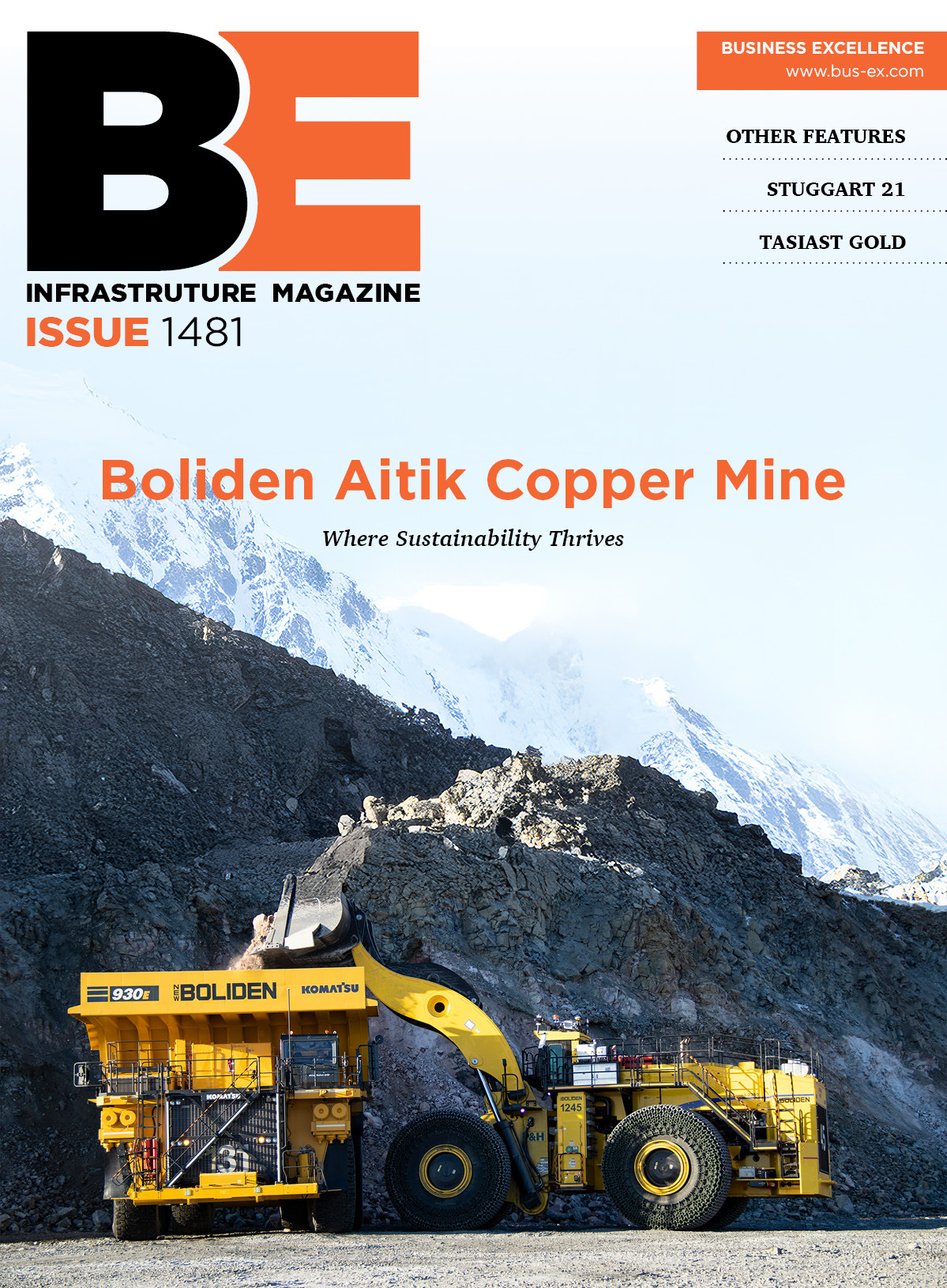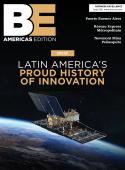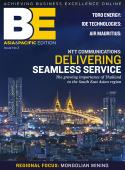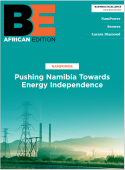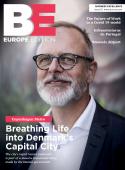The Canadian Pension Plan Investment Board and the Ontario TeachersÔÇÖ Pension Plan have joined forces with Australian fund manager CP2 to make a sweetened bid for Melbourne-based Transurban. The $6.4 billion offer came six months after the Australian company rejected a previous bid from the consortium. However, Transurban Group, which owns toll roads in Australia and the US, rejected the bid, saying it undervalued the company. The three funds already own a combined 42.4 percent of the company and are now seeking to take control of assets including the Pocahontas 895 in Virginia, US, and four Sydney toll roads, so as to deliver steady earnings to their members. In early 2009, Transurban also began constructing the Airport Connector, a direct link with the fast-growing Richmond International Airport that will pass over Pocahontas 895. It is thought the pension funds may respond to the rejection by taking an offer directly to other Transurban shareholders. Transurban announced on Monday that it will buy the Lane Cove Tunnel for A$630.5 million (approximately $564 million). The 3.6 kilometer tunnel, which runs across SydneyÔÇÖs northern suburbs, went into administration in January. Transurban bought Hills Motorway Group for A$2.07 billion (approximately $1.8 billion) in April 2005, giving it control of SydneyÔÇÖs M2 toll road. In December 2006 it agreed to purchase Sydney Roads Group, which operated three highways in Sydney, for around a 16 percent premium on the previous closing share price. Headquartered in Toronto, TeachersÔÇÖ employs around 800 people and holds C$96.4 billion ($94.5 billion) in net assets. Canada Pension has C$123.9 billion in net assets. In June it spent around $1.4 billion to buy Macquarie Communications Infrastructure Group, an investor in radio transmission towers, after raising its initial offer by 20 percent to win the approval of shareholders. Despite rejecting the bids, Transurban has said it ÔÇ£remains willing to explore opportunities for constructive and harmonious relationships," with the consortium members in the future.



